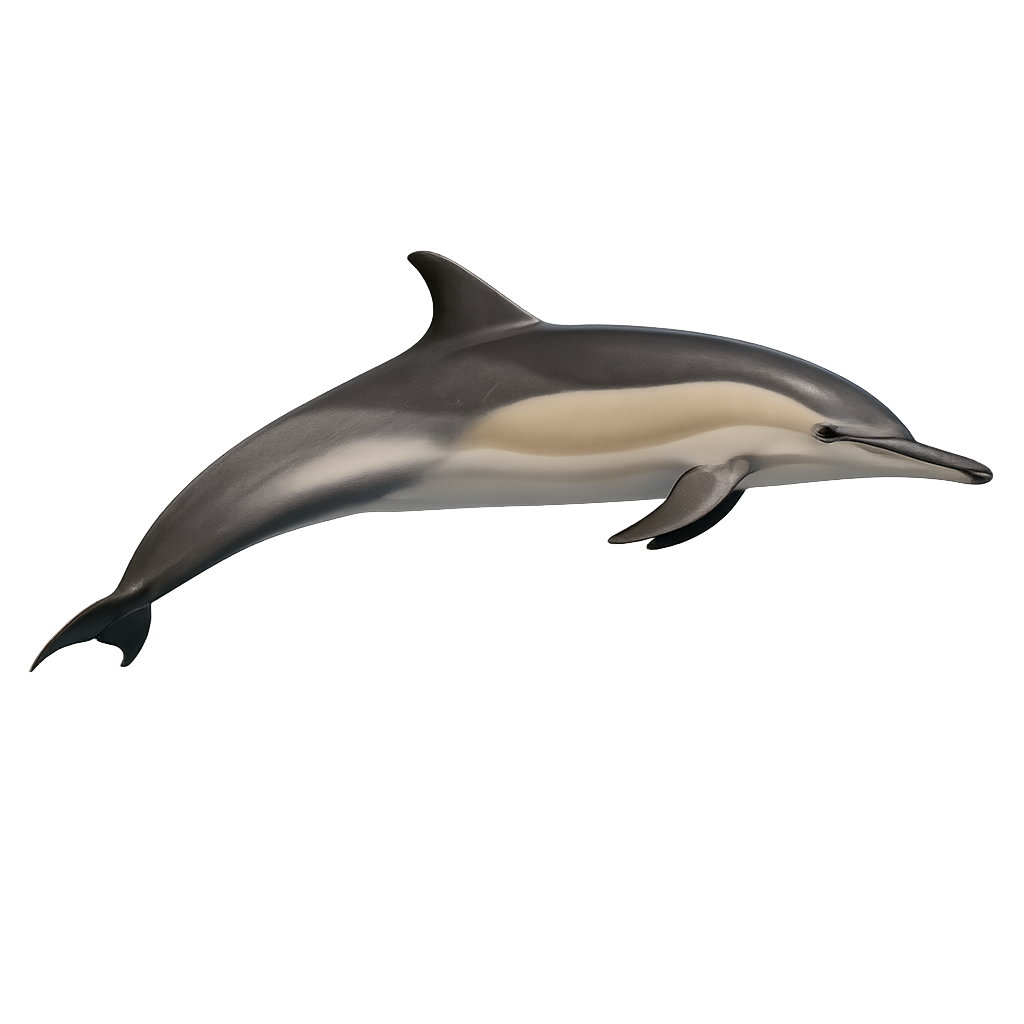Your wildlife photography guide.
Explore the common dolphin in detail, study its behavior, prepare your shots.
Where to observe and photograph the common dolphin in the wild
Learn where and when to spot the common dolphin in the wild, how to identify the species based on distinctive features, and what natural environments it inhabits. The WildlifePhotographer app offers tailored photography tips that reflect the common dolphin’s behavior, helping you capture better wildlife images. Explore the full species profile for key information including description, habitat, active periods, and approach techniques.
Common dolphin
Scientific name: Delphinus delphis

IUCN Status: Least Concern
Family: DELPHINIDAE
Group: Marine mammals
Sensitivity to human approach: Suspicious
Minimum approach distance: 30 m
Reproductive period: March to May
Duration: 10-12 mois
Births: March to May
Habitat:
Tropical and temperate oceans, especially in the Mediterranean, Atlantic, and Pacific, particularly near coasts and open sea areas
Activity period :
Primarily active during the day, with peak activity in the morning and late afternoon.
Identification and description:
The Common Dolphin is a medium-sized cetacean, easily recognizable by its streamlined body and distinctive beak. It typically measures between 2 and 2.5 meters in length and weighs between 100 and 150 kg. This dolphin is widely distributed in temperate and tropical waters, particularly in the Mediterranean, the Atlantic, and the seas around Asia. The Common Dolphin primarily feeds on fish, cephalopods, and sometimes small crustaceans, hunting in highly coordinated groups. Its social structure is complex, with groups ranging from a few individuals to several hundred, depending on environmental conditions and the availability of food resources. It is also known for its acrobatic behaviors, such as jumping and group play, and is often seen following boats. While this species is not currently endangered, it faces threats from pollution, disturbances caused by human activities at sea, and bycatch in fishing nets.
Recommended lens:
300 mm – adjust based on distance, desired framing (portrait or habitat), and approach conditions.
Photography tips:
The WildlifePhotographer App is coming soon!
Be the first to explore the best nature spots, track rutting seasons, log your observations, and observe more wildlife.
Already 1 439 wildlife lovers subscribed worldwide

